Divide and Conquer (1943) Online
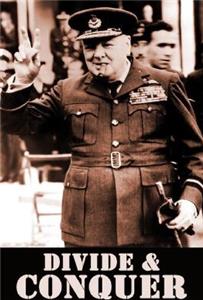
- Original Title :
- Divide and Conquer
- Genre :
- Movie / Documentary / History / War
- Year :
- 1943
- Directror :
- Frank Capra,Anatole Litvak
- Cast :
- General Bergeret,Karl Brandt,Winston Churchill
- Type :
- Movie
- Time :
- 57min
- Rating :
- 7.3/10
In this episode of the Why We Fight propaganda series, the events from the English and French declarations of war against Nazi Germany to the conquest of France by the Nazi. In detail, we learn of how a combination of innovative Nazi military tactics and the work of traitors allowed the conquest of much of Central Europe.
| Uncredited cast: | |||
| General Bergeret | - | Himself - in Railway Carriage with Huntziger (archive footage) (uncredited) | |
| Karl Brandt | - | Himself (with jubilant Hitler, to his right) (archive footage) (uncredited) | |
| Winston Churchill | - | Himself - with de Gaulle and Giraud (archive footage) (uncredited) | |
| Warren J. Clear | - | Narrator (voice) (uncredited) | |
| Walter Darré | - | Himself - Speech (archive footage) (uncredited) | |
| Charles de Gaulle | - | Himself - with Churchill and FDR (archive footage) (uncredited) | |
| Otto Dietrich | - | Himself - Speech (archive footage) (uncredited) | |
| John Dillinger | - | Himself - Gangster, Alive and Dead (archive footage) (uncredited) | |
| Ferdinand Foch | - | Himself - in WWI (archive footage) (uncredited) | |
| Hans Frank | - | Himself - Speech (archive footage) (uncredited) | |
| Henri Giraud | - | Himself - Handshake with de Gaulle (archive footage) (uncredited) | |
| Joseph Goebbels | - | Himself - Speech (archive footage) (uncredited) | |
| Rudolf Hess | - | Himself - Hitler Is Germany Speech (archive footage) (uncredited) | |
| Walter Hewel | - | Himself (with jubilant Hitler, to his right) (archive footage) (uncredited) | |
| Konstantin Hierl | - | Himself - Speech (archive footage) (uncredited) |
This documentary is the third film in Frank Capra's seven-film 'Why We Fight' documentary film series.
This film is in the public domain; it was never registered or renewed.
In the year 2000, the United States Library of Congress mandated that this film (and the other six documentaries in the 'Why We Fight' series)were "culturally significant" and selected them for preservation in the National Film Registry.
This documentary is considered a Second World War wartime propaganda documentary film of the United States.
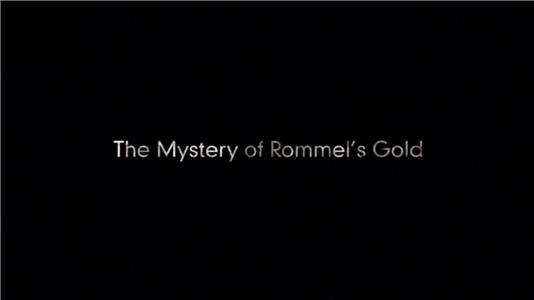
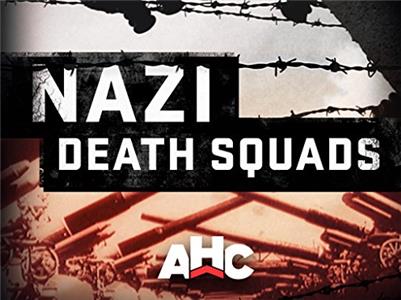
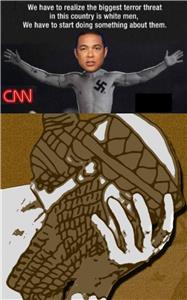

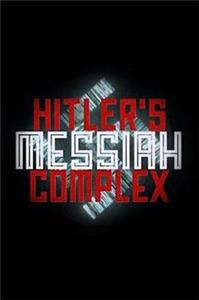

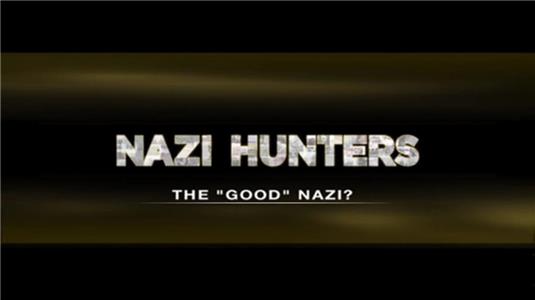
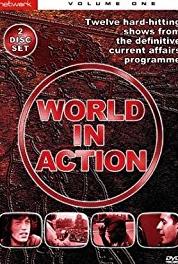
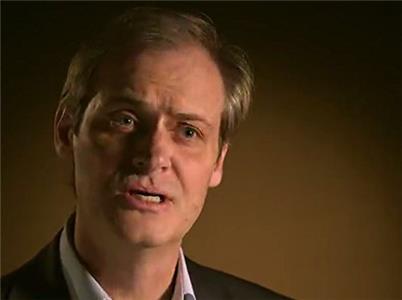
User reviews